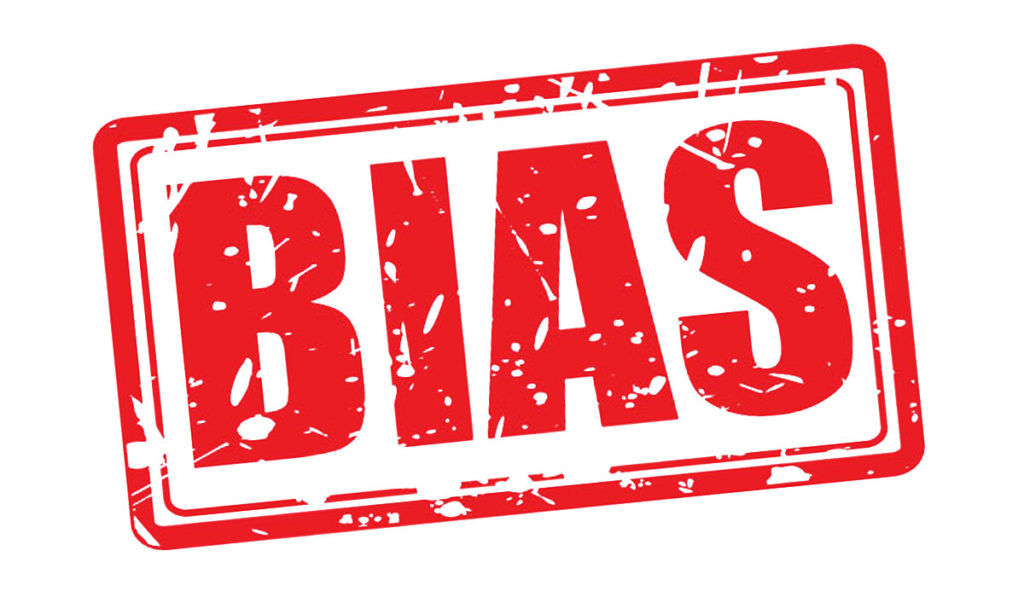
As the EEOC Outreach & Education Coordinator for the Phoenix District Office, I am often called upon to lead discussions or provide training in the areas of diversity, EEO sensitivity and awareness, unconscious bias, and microaggressions. While not an expert in any of these areas, I believe I have found ways to lead these discussions so that by the end of a session, participants have a better understanding of how our different experiences affect how we view people and situations.
Today, it seems there are endless articles and research about unconscious or implicit bias. I avoid starting the discussion by dictating a formal academic definition of the terms. Instead, I get the audience talking about examples from their own lives to make the terms seem more concrete and real. I learn from them in every single session — in the best sessions, the audience members are the instructors.
Unconscious bias is “filling in the blanks,” or assumptions we make about people or situations, without even realizing that we are doing it. Often, I begin sessions by sharing stories about assumptions people have made about me because I am an older white female, because I work at the EEOC, or because I ride a motorcycle and am covered in tattoos. I then open the discussion for others to share assumptions that have been made about them in the past, and how those assumptions made them feel. This conversation often leads session participants to realize how often unconscious bias happens; how different people react to those assumptions; and why some assumptions, or “filling in the blanks,” are more hurtful than others.
Following this conversation, we look at some of the research on unconscious bias, to show how the research is relevant to those real experiences. We discuss the disconnect between what people want to believe about themselves (that they are free from bias), and how every one of us has biases and makes assumptions about others. I often discuss a study conducted by Marianne Bertrand and Sendhil Mullainathan, in which applications were sent to employers that were identical in content, except that some had typical Caucasian names and some had typical African-American names. The hypothetical Caucasian applicants were called back at a rate 50 percent higher than the hypothetical African-American applicants, even though the only difference was the name. Another study I use is by Devah Pager, which showed Caucasian applicants with a drug conviction and jail time were more likely to get a call back for a job than African-American applicants with no drug-related conviction. Other studies I discuss show how age impacts a call for a job interview, how blind auditions can affect who is selected for an orchestra and how bias can impact marketing. It is hard to argue at this point that unconscious bias or implicit bias doesn’t exist or isn’t important. Discussing unconscious bias is how we can recognize our own biases and, more importantly, ways we can stop our biases from impacting workplace decisions.
My hope is that, in the future, workplace leaders will stop making instant decisions about the next promotion or the next new hire and, instead, consider job-related criteria and the individual’s qualifications.
Krista Watson is EEOC Phoenix outreach and education coordinator.















Speak Your Mind
You must be logged in to post a comment.